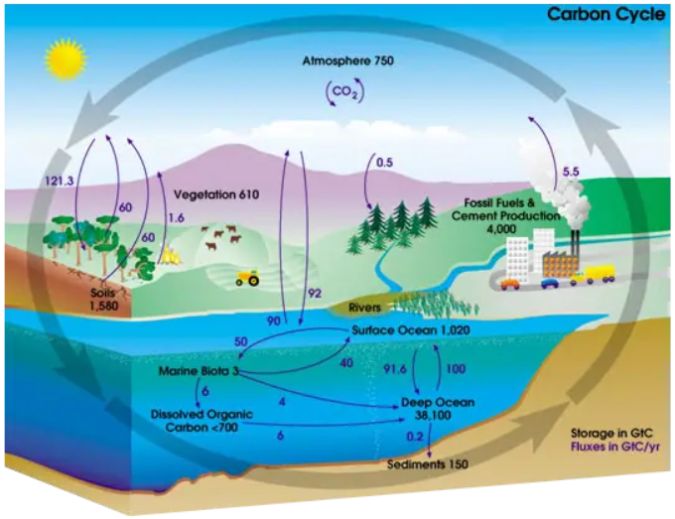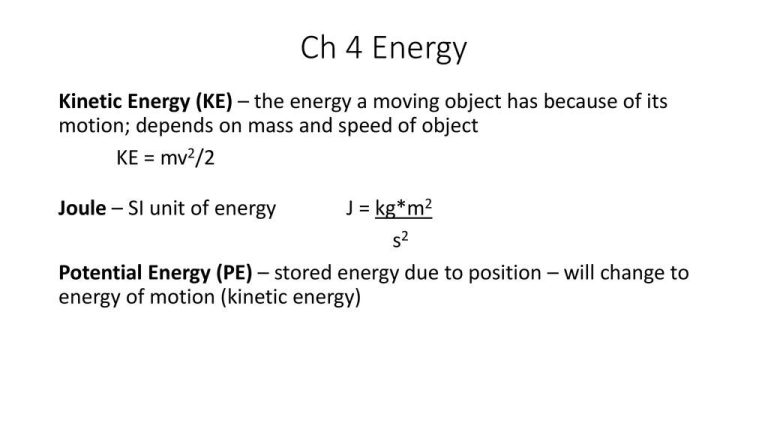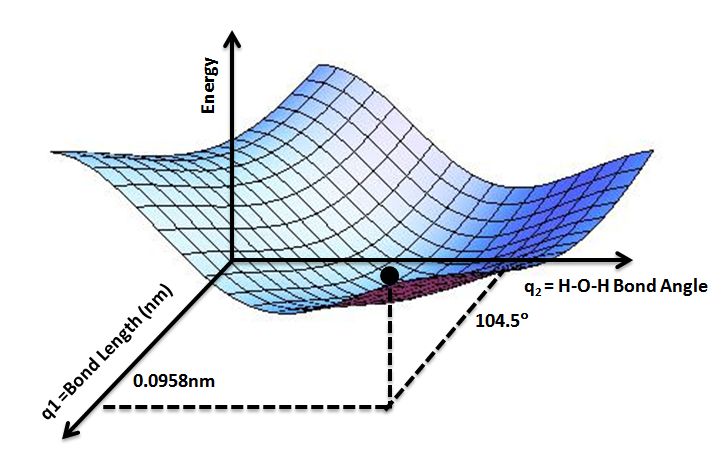What Human Activity Releases The Most Carbon?
Introduction
As human populations have grown and societies have become more industrialized, our activities have led to increasing amounts of carbon dioxide and other greenhouse gases being released into the atmosphere. But which human activities are responsible for the largest carbon emissions? Determining the answer can help guide efforts to reduce humanity’s carbon footprint and mitigate climate change.
Fossil Fuel Use
The largest source of human-caused carbon emissions comes from the burning of fossil fuels like coal, oil, and natural gas. Fossil fuels are burned for electricity generation, transportation, heating buildings, manufacturing, and other industrial processes. According to the EPA, the burning of fossil fuels accounts for over 75% of global greenhouse gas emissions and nearly 90% of U.S. CO2 emissions.
Fossil fuels like coal and natural gas are used to generate electricity which powers our homes, businesses, and cities. Burning these fuels in power plants releases massive amounts of CO2 into the atmosphere. Transportation including cars, trucks, ships, trains, and airplanes also run predominantly on petroleum based fossil fuels. The internal combustion engines in these vehicles emit CO2 and other greenhouse gases. Many homes and buildings burn natural gas, heating oil, or propane for heat which also releases carbon.
The more fossil fuels are burned around the world to power our modern society, the more heat-trapping emissions are released into the atmosphere. Reducing fossil fuel consumption in electricity, transportation, heating, and industry is crucial to limit the impacts of climate change. Using renewable energy sources like solar, wind, geothermal, and hydropower can displace fossil fuels and lower carbon emissions. Improving energy efficiency, transitioning to electric vehicles, and finding alternatives to fossil fuels are other important strategies. But ultimately, transitioning from a fossil fuel based energy system will be critical to reducing humanity’s carbon footprint.
Transportation
Transportation, including cars, trucks, planes, trains, and ships, is one of the largest contributors to global carbon emissions. According to the International Energy Agency, transportation accounts for 24% of direct CO2 emissions from fuel combustion.
Cars and trucks release nearly two-thirds of the carbon emissions from transportation. There are over 1 billion passenger vehicles in the world today. These vehicles burn gasoline and diesel, releasing CO2 and other greenhouse gases.
Aviation accounts for 11% of transportation emissions. Over 4 billion passengers flew in 2019, leading to over 900 million tons of CO2 emissions. Jet fuel combustion emits CO2 at high altitudes where its effects are amplified.
Maritime shipping transports over 80% of global trade and produces around 3% of global emissions. Large container ships burn heavy bunker fuel, one of the dirtiest fuels, emitting substantial CO2 and air pollutants.
While transportation is a major contributor to climate change, progress is being made. Fuel economy standards, electric vehicles, and sustainable aviation fuel can all help reduce future carbon emissions from transportation.
Agriculture’s Contribution to Carbon Emissions
The agricultural sector is a major contributor to global greenhouse gas emissions, accounting for about 10-12% of total emissions worldwide. This includes emissions from activities like cultivating crops, raising livestock, and land use changes like deforestation to clear land for farms.
A significant portion of agriculture’s emissions come in the form of methane, a potent greenhouse gas. Ruminant livestock like cows and sheep produce methane as part of their digestive process, and this accounts for the majority of agricultural methane emissions. With rising global demand for meat and dairy, methane emissions from livestock are increasing. Manure management and rice cultivation also produce agricultural methane.
Agriculture’s emissions also come from land use changes like deforestation. Trees naturally absorb and store carbon as they grow, so cutting down forests to make room for farms releases stored carbon into the atmosphere. The conversion of forests, wetlands, and other ecosystems into agricultural land contributes to emissions.
There are opportunities to reduce greenhouse gas emissions from agriculture. More sustainable land management practices like low or no tillage farming help preserve carbon stored in soils. Improved manure management, feed additives, and genetics research can help reduce methane from livestock. Ultimately major shifts away from meat-heavy diets and high rates of deforestation will be needed to lower agriculture’s climate impact.
Industry
The industrial sector, which includes manufacturing, construction, and mining, is a major contributor to global carbon emissions. Manufacturing processes like metal production, chemical manufacturing, and cement production all require tremendous amounts of energy and generate CO2 as a byproduct.
The metals industry alone accounts for about 5% of global carbon emissions. Producing metals like steel and aluminum is highly energy-intensive, with coal often providing the heat needed for production processes. Construction is another major industrial carbon emitter. The production of materials like cement, steel, and glass for buildings and infrastructure generates over 11% of CO2 emissions worldwide.
Mining operations also contribute significantly to emissions through the use of heavy equipment and explosives that run on fossil fuels. Additional emissions come from electricity used to power industrial facilities and equipment. With rapid industrialization occurring worldwide, especially in emerging economies, industrial sector emissions continue to rise. Overall, industry accounts for about one-fifth of global greenhouse gas emissions.
Deforestation
Deforestation, which involves clearing forests for agriculture, development, or other human activities, is a major contributor to climate change. When forests are cut down or burned, the carbon stored in the trees and soil is released into the atmosphere.
Trees naturally absorb and store carbon dioxide (CO2) from the atmosphere through photosynthesis. Mature forests can store massive amounts of carbon in their wood, leaves, debris, and soil. When a forest is cut down, not only do we lose the absorption capacity of the trees, but all that stored carbon gets emitted.
Tropical rainforests, in particular, are huge carbon sinks – they can store up to 10 times as much carbon as other ecosystems. Yet about 10 million hectares of tropical forests are cleared globally each year. This deforestation accounts for roughly 15% of the world’s total greenhouse gas emissions.
Protecting existing forests and planting new trees are crucial climate actions. Forest conservation prevents the release of stored carbon while expanding forests increases carbon sequestration. Reforestation and forest management strategies are key tools in reducing the greenhouse effect.
Waste
Waste disposal contributes substantially to global greenhouse gas emissions, mainly in the form of methane released from landfills. Methane is over 25 times more potent than carbon dioxide in trapping heat, making landfills a major source of global warming.
Organic waste like food scraps, yard trimmings, paper and wood that end up in landfills decompose anaerobically, meaning without oxygen, producing methane as a byproduct. Landfill gas that is not captured and flared off is released directly into the atmosphere.
Globally, landfill methane emissions account for an estimated 11% of total methane emissions from human activities. In some countries like the US, landfills are the third largest contributor of methane after the energy and agriculture sectors. Reducing landfill methane through improved waste management, methane capture systems and organic waste composting can significantly lower greenhouse gas emissions.
Residential
Residential buildings contribute significant carbon emissions through everyday energy use for heating, cooking, and electricity. Home heating and cooling accounts for roughly half of residential energy use. The majority of homes in developed countries use fossil fuels like natural gas, propane, or heating oil for HVAC systems, water heaters, stoves, and other appliances. As these fuels are burned, they release carbon dioxide and other greenhouse gases. Electricity used for lighting, appliances, electronics, and more also leads to indirect emissions depending on the energy sources used to generate the electricity. Even basic daily activities like cooking on a gas stove or taking hot showers result in carbon emissions from fuel combustion and heat generation. In summary, the combined energy consumption across all households represents a major portion of global carbon released by human activity.
Commercial
The commercial sector, including stores, offices, schools, hospitals, and other types of buildings, is another major source of carbon emissions globally. Commercial buildings rely heavily on electricity for lighting, heating, cooling, and powering equipment. Most of this electricity comes from fossil fuels like coal and natural gas. The emissions from commercial buildings represent about 10-15% of total global carbon emissions from human activity.
Large stores and shopping malls often consume huge amounts of electricity for lighting, heating and air conditioning. Office buildings likewise require massive amounts of energy to power computers, servers, lighting, elevators and HVAC systems. Schools and hospitals also have high electricity demands. Inefficient building design, outdated equipment and lack of energy conservation practices lead to unnecessary energy waste and carbon emissions in many commercial buildings.
There are many opportunities to reduce the carbon footprint of commercial buildings through steps like upgrading to energy efficient lighting systems and appliances, adding insulation, using automated controls and sensors, installing solar panels or other renewable energy systems, and designing greener buildings. Transitioning more commercial electricity generation to renewable sources like solar and wind could also significantly lower emissions from this sector. Overall, improving energy efficiency and conservancy in commercial buildings represents one of the faster and more cost-effective ways to reduce global carbon emissions.
Conclusion
In summary, the biggest source of carbon emissions comes from burning fossil fuels like coal, oil and natural gas. The three largest sectors responsible are electricity and heat production, agriculture and transportation, accounting for over 60% of global emissions. The main activities that drive emissions are operating power plants, raising livestock, fueling cars, trucks and airplanes, and generating heat for buildings.
The most impactful human activity worldwide is the burning of fossil fuels for electricity and heat, representing over 25% of emissions. This encompasses operating coal, natural gas and oil power plants that provide energy for buildings, industry and infrastructure. Transitioning the world’s power grids to renewable energy is critical for reducing emissions.
After electricity production, transportation and agriculture are the next largest emitters, each contributing about 15% of global emissions. Common transportation activities like driving gasoline and diesel vehicles, flying jet fuel planes, and shipping bunker fuel cargo lead to substantial CO2 releases. In agriculture, livestock like cows and sheep produce significant methane emissions, while cultivating rice paddies releases nitrous oxide emissions.
While no single activity dominates worldwide, examining major emitters by sector and fuel type helps identify the most impactful human activities releasing carbon into the atmosphere. Focusing our efforts on decarbonizing electricity, transportation and agriculture can have an outsized influence on reducing global emissions and mitigating climate change.






